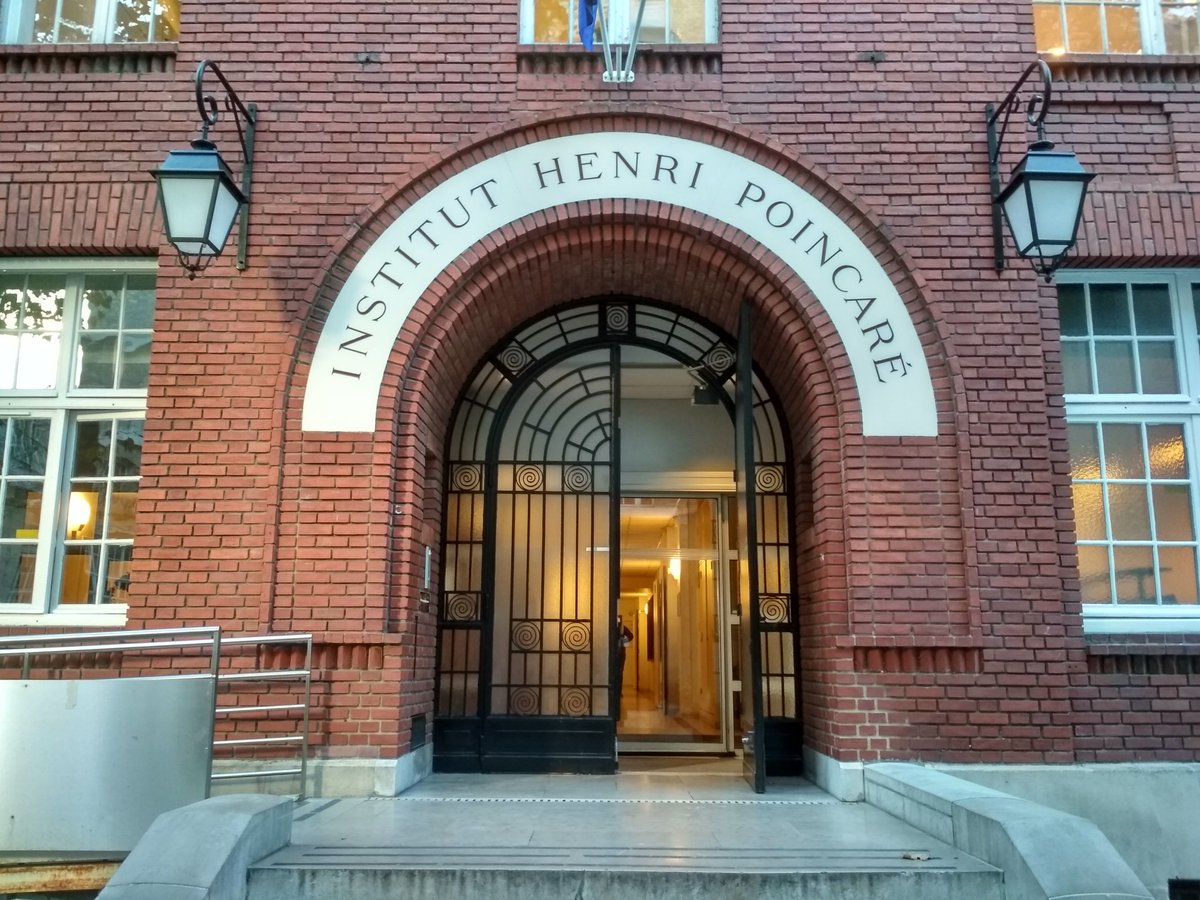Day 2 of quantum advantage workshop at @InHenriPoincare, featuring Ashley Montanaro (@quantumashley), Juan Bermejo-Vega (myself) and Dominik Hangleiter. #LTQI 

We kick off with Ashley Montanaro @quantumashley, giving a tutorial about IQP circuits (IQP = Instantaneous Quantum Polynomial time) and potential for demonstrating superior quantum computational performance. #LQTI
• • •
Missing some Tweet in this thread? You can try to
force a refresh




